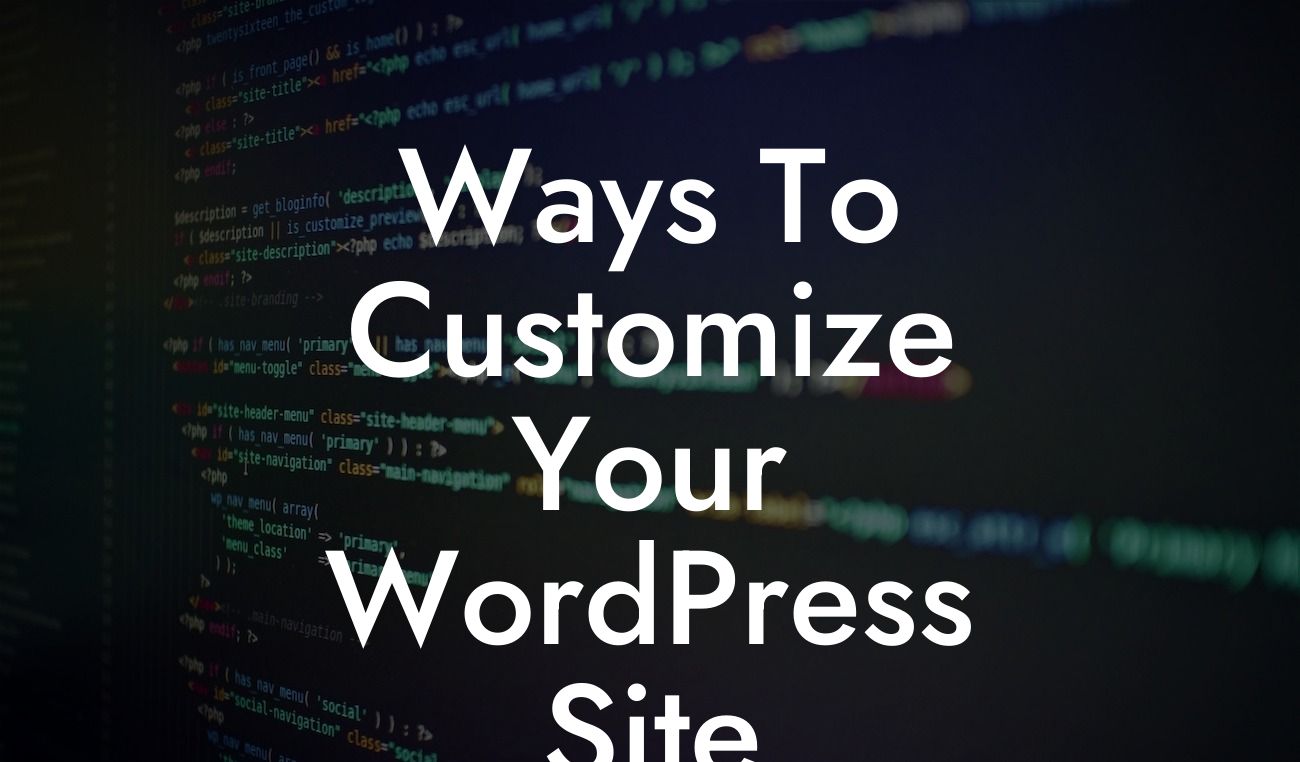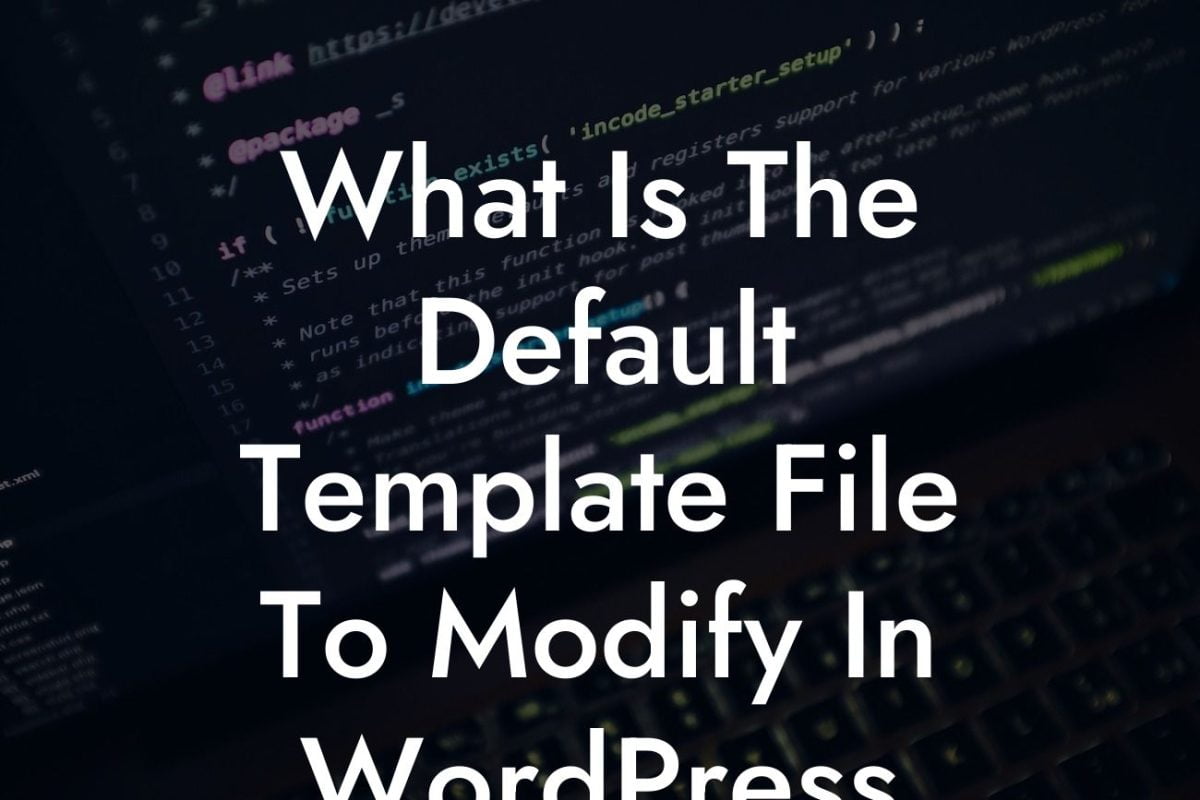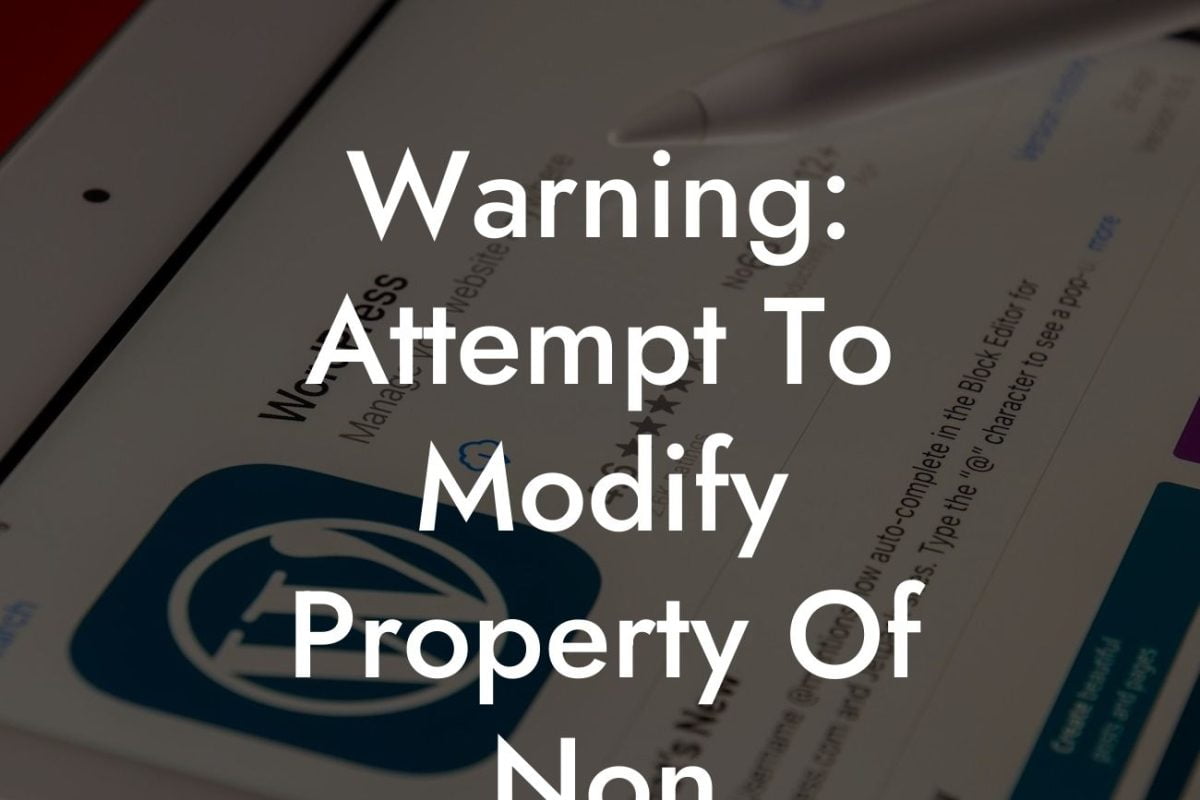Customizing a WordPress child theme can be a daunting task, especially if you're worried about losing all your hard work. But fear not! In this article, we'll dive deep into the world of WordPress child themes and show you how to customize them without losing any of the changes you've made. So, grab a cup of coffee and let's get started!
Child themes are a powerful tool for customizing WordPress websites. They allow you to make changes to the appearance and functionality of your website without altering the original parent theme. This means that you can customize your website to your heart's content without worrying about losing your modifications when the parent theme updates.
To begin customizing a WordPress child theme, you'll need to have a basic understanding of HTML, CSS, and PHP. However, even if you're not a coding guru, there are still plenty of things you can do to personalize your website.
1. Understanding the structure of a child theme:
Before you start customizing, it's important to familiarize yourself with the structure of a child theme. A typical child theme consists of three main components: the stylesheet, the functions file, and any template files you want to modify. Understanding how these components work together is crucial for a successful customization process.
Looking For a Custom QuickBook Integration?
2. Making changes to the stylesheet:
The stylesheet controls the visual appearance of your website. To customize your child theme's appearance, you can modify the CSS rules in the stylesheet. Whether it's changing colors, adjusting font styles, or rearranging elements, the stylesheet gives you the power to make your website truly unique.
3. Modifying the functions file:
The functions file is where you can add custom code to extend the functionality of your child theme. This is particularly useful if you want to add new features or modify existing ones. With a little PHP knowledge, you can accomplish a lot in the functions file.
4. Customizing template files:
Sometimes, you may need to make changes to specific template files to achieve the desired look or functionality. This could involve tweaking the layout, adding or removing elements, or even creating entirely new templates. Customizing template files gives you full control over how your website is structured and displayed.
Customize Wordpress Child Theme Without Losing Example:
Let's say you want to change the header image on your WordPress child theme. First, find the CSS class or ID associated with the header image element using your browser's developer tools. Then, locate the stylesheet of your child theme and modify the corresponding CSS rule to change the image or adjust its properties. Save the changes, refresh your website, and voila! Your new header image is now live without losing anything when the parent theme updates.
Now that you have a better understanding of customizing WordPress child themes, the possibilities for personalizing your website are endless. Remember, with DamnWoo's awesome plugins specifically designed for small businesses and entrepreneurs, you can take your online presence to the next level. So go ahead, explore our other guides, and try out our incredible plugins to supercharge your success!













